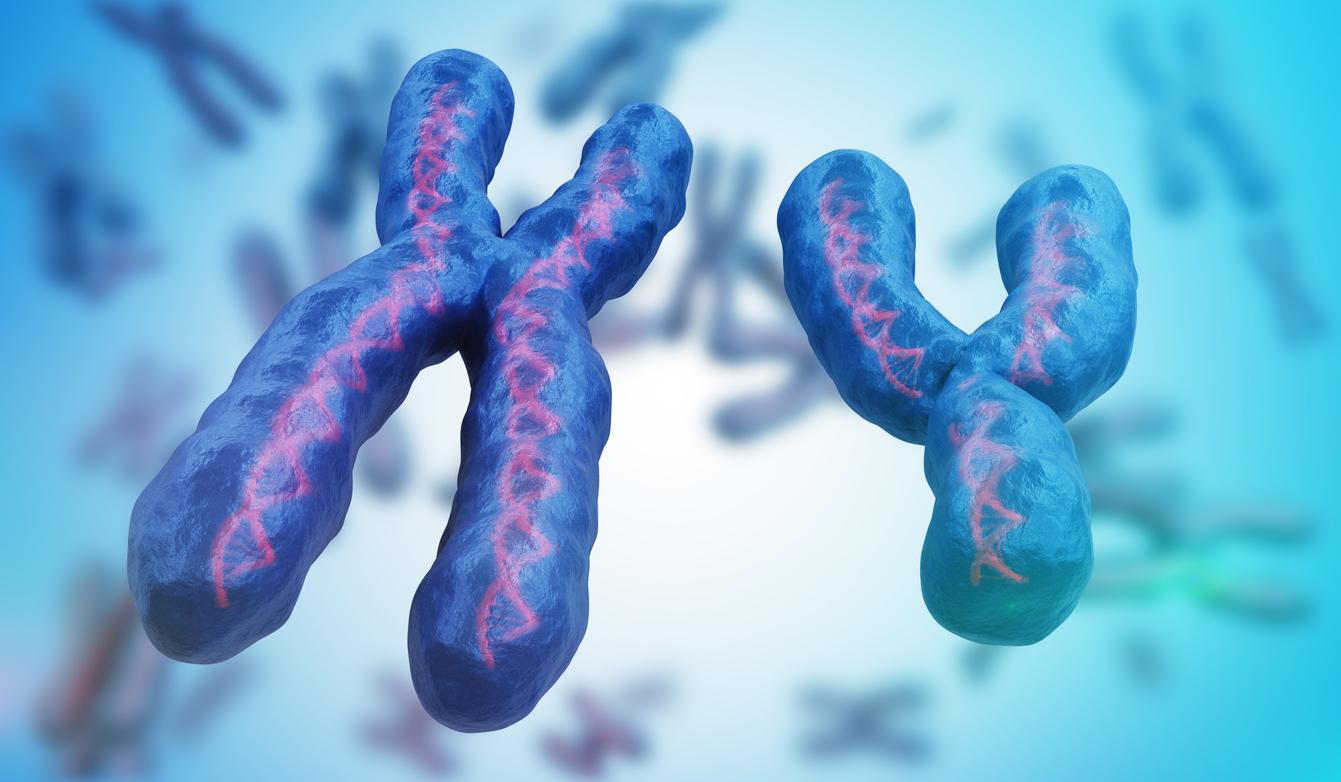We often hear that people with autism are children who have not grown up. This affirmation a priori without foundations would in fact not be completely aberrant: autistic people would indeed have too many connections between their neurons (connections called synapses), because of a defect in the pruning of these. With age, the number of synapses is supposed to decrease, which would not be the case for autistic people.
Researchers from Columbia University Medical Center of New York (USA) conducted a study on the link between autism and number of synaptic connections.
They first analyzed the brains of 26 autistic people, and compared the number of synapses in a key region of the cortex of these affected brains with that of 22 brains of healthy individuals donated to science.
It was then that scientists found that the synaptic density of autistic people was 50% higher than that of healthy individuals.
A return to social interactions in mice
In order to find out if these excessive synaptic connections are really linked to autism, the researchers worked on mice autistic in laboratory. They injected them with a drug capable of restoring the “pruning” of synapses, which normally occurs in a healthy individual.
They observed that the treated mice had more social interactions than before the injection, and therefore less isolation behavior found in autism.
Too many synapses in an individual lead to too many interactions between the different areas of the brain, which then receive useless information.
In autistics, the hyperactivity of the mTOR protein would be involved, because it would inhibit the pruning of synapses. Rapamycin, the drug given to the mice in the study, would work by inhibiting the activity of mTOR, thus allowing a return to normal pruning of synaptic bonds.
If rapamycin seems to cause too many adverse effects to be used in humans, other drugs that play a role in synapse pruning could be tested.
Source:
Loss of mTOR-Dependent Macroautophagy Causes Autistic-like Synaptic Pruning Deficits, published in the Neuron category of the scientific journal Cell, August 21, 2014.

















